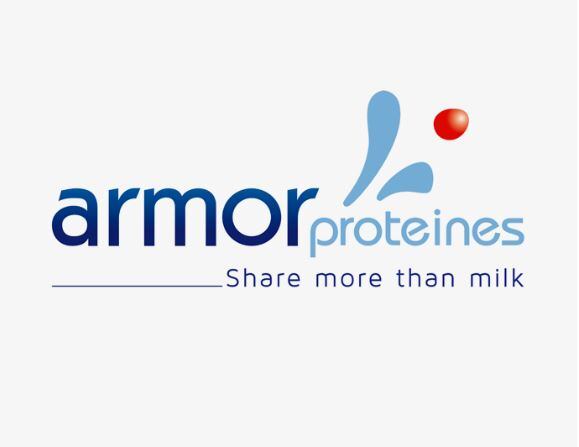In its notification, the Commission permits a maximum level of 100 micrograms per kilogram (µg/kg) of the contaminant citrinin for food supplements, effective from 1 April 2020.
“Given the remaining uncertainties as regards the toxicity of citrinin and the feasibility to achieve low levels of citrinin by applying good manufacturing practices, it is appropriate to lower the maximum level for citrinin in food supplements to ensure a high level of human health protection,” the EC states.
“Data provides evidence that very high levels of citrinin can be found in certain samples of these products, resulting in a high exposure to citrinin for consumers of these products.”
Red yeast rice (RYR) is made by fermentation of rice with yeasts, mainly Monascus purpureus. RYR is traditionally used in China for culinary purposes as a food colouring or as a traditional remedy to promote digestion and blood circulation.
Two-year investigation
An investigation looking into the effects of citrinin began back in 2015, where the European Food and Safety Authority (EFSA) published a call for proposals to investigate citrinin concentrations in food samples
The investigation focused on grains and grain-based products from different geographic regions in Europe.
The report describing the outcome of these investigations ‘Occurrence of citrinin in food’ was published later on in 2017.
Representative data on the occurrence of citrinin in food in Europe were obtained, mainly in cereals and cereal products and food supplements based on rice fermented with red yeast.
“For citrinin in food supplements containing red yeast Monascus purpureus the obtained representative occurrence data provide evidence that the maximum level should be lowered,” the EC adds.
“No new toxicity data on citrinin, requiring an update of EFSA’s assessment of the risks of citrinin for public health, have become available.
“Therefore, the uncertainties as regards the genotoxicity and carcinogenicity of citrinin remain. It is therefore necessary for the protection of public health that the levels of citrinin in food are as low as reasonably achievable.”




